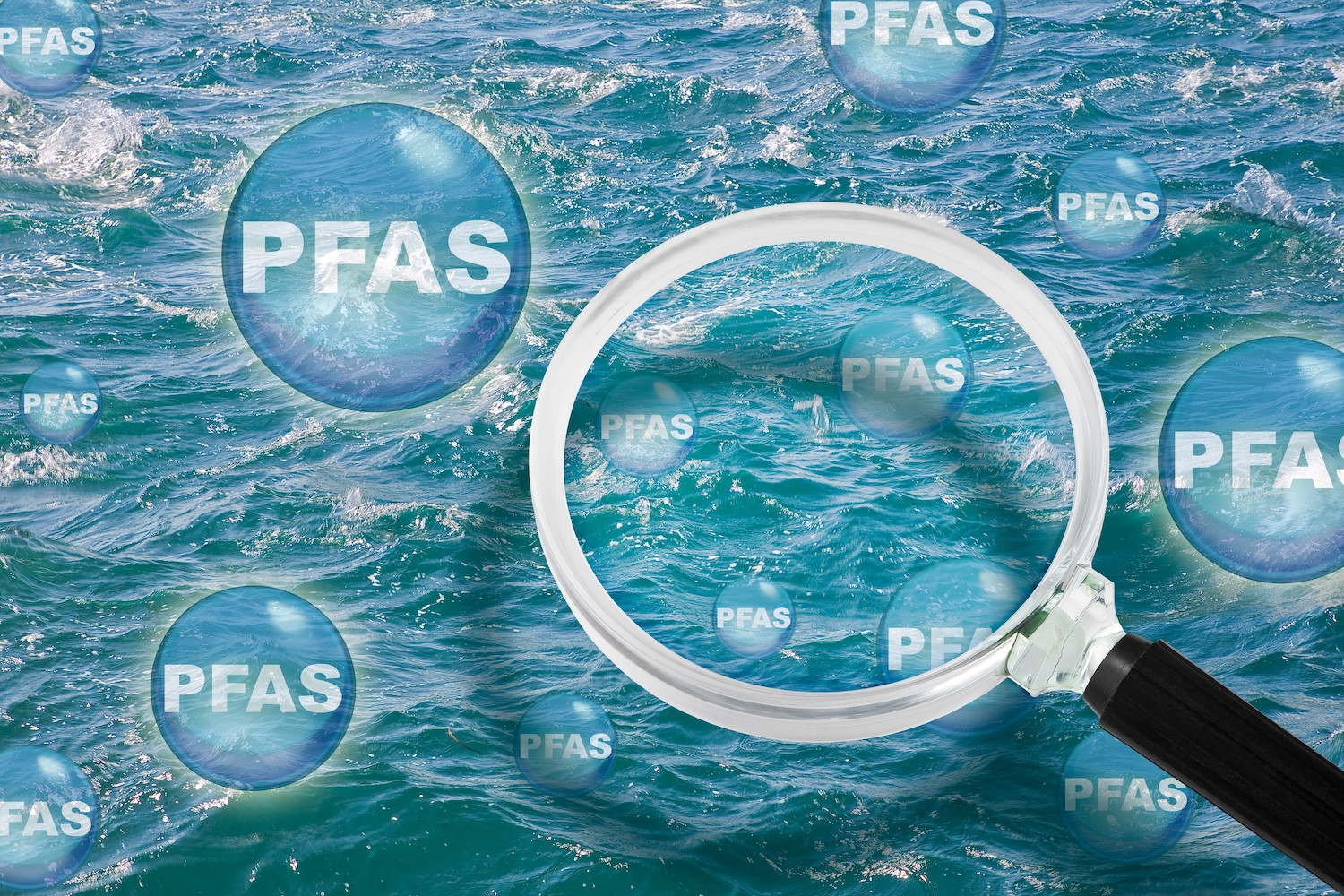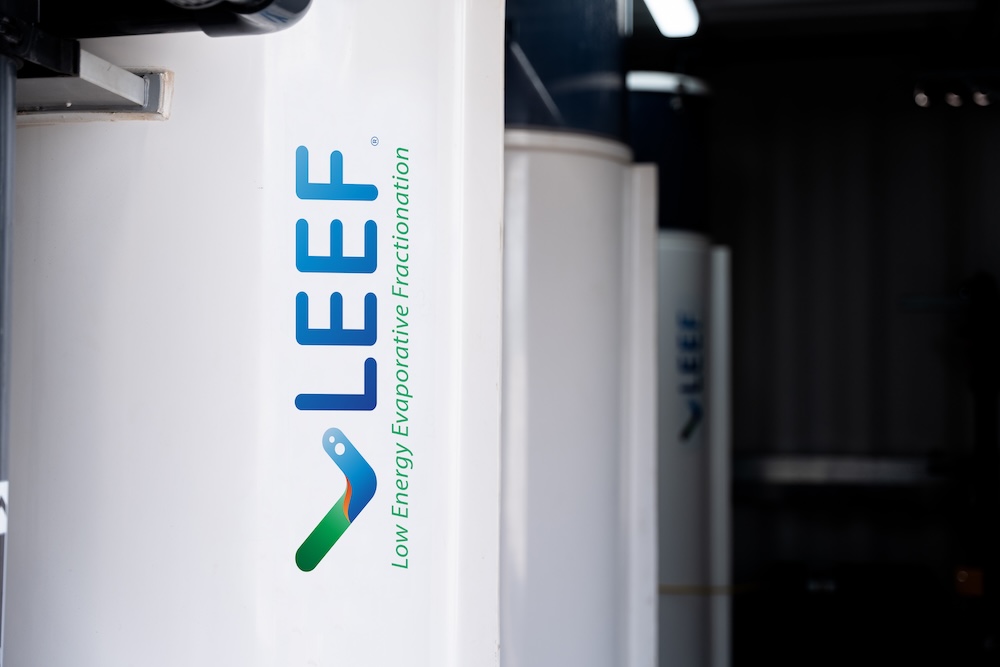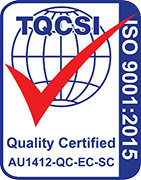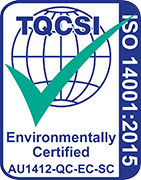
PFAS Regulations in Australia and Globally
By Mark Mullett, Technical Manager, PFAS Research
15 May, 2024
What is PFAS?
Per- and polyfluoroalkyl compounds (PFAS) are a class of artificial chemicals that have been used in a wide range of industrial and consumer products since the 1940s. Because of their excellent resistance to heat, water, and oil, they are used in a wide range of products, including firefighting foam, stain-resistant fabrics, food packaging, shampoo, dental floss, nail polish, cosmetics, and nonstick cookware.
Why are PFAS a problem?
There are several reasons why PFAS are considered a problem. PFAS are extremely persistent and difficult for the environment to degrade. Many PFAS have half-lives ranging from years to centuries and this persistence contributes to the chemical’s widespread distribution through the environment. Their stability within the environment has placed them in a second class of compounds: Persistent Organic Pollutants (POPs).
PFAS bioaccumulates in the tissue of living organisms. When animals and humans consume contaminated food or water, PFAS levels in biological systems can grow to levels that are concerning with some PFAS compounds being classified as carcinogens, or potential carcinogens and links to immune system suppression, liver damage, thyroid difficulties, hormonal abnormalities, and infant development. Studies have also suggested a link between PFAS exposure and reproductive disorders.
Current regulations in the United States and Europe
In April 2024, the United States Environmental Protection Authority (EPA) announced a National Primary Drinking Water Regulation (NPDWR) for six PFAS. The NPDWR establishes enforceable Maximum Contaminant Levels (MCL) for individual PFAS like PFOA, PFOS, PFHxS, PFNA, and HFPO-DA, along with a Hazard Index MCL for PFAS mixtures. Health-based Maximum Contaminant Level Goals (MCLGs) have also been defined for these PFAS, although they are non- enforceable. This comprehensive approach will mark a significant step toward ensuring clean and safe drinking water in the US.
In Europe, the European Chemicals Agency (ECHA) is responsible for PFAS regulations. In February 2023, a group of member countries from the European Union presented a PFAS Restriction Proposal advocating for a comprehensive ban on over 10,000 PFAS. The EU's existing PFAS legislation already imposes restrictions on PFOS and PFOA. If the restriction proposal goes ahead, then manufacturers will be restricted through the EU’s Registration, Evaluation, Authorisation and restriction of chemicals (REACH) regulation. There are still a number of steps to go through before this happens, with stakeholder consultation occurring over 2024.
Where is the Australian Government & State Governments at with regulation of PFAS?
Within its existing chemical regulatory system, the Australian government has created a set of resources to combat PFAS pollution. Among these is the PFAS National Environmental Management Plan (NEMP), which provides a consistent, practical, and risk-based framework for regulating PFAS-contaminated materials and sites. The NEMP, which is continuously updated to integrate new scientific discoveries, is crucial for governments managing PFAS-related environmental concerns.
Additionally, the Intergovernmental Agreement on a National Framework for Responding to PFAS Contamination provides specific guidelines on actions for PFAS-contaminated sites that are consistent with the NEMP. The Australian Industrial Chemicals Introduction Scheme (AICIS) assesses the risks associated with industrial chemicals, including PFAS, and recommends the search for alternatives and the progressive phase-out of PFAS and other hazardous substances.
What is expected next in Australia?
From July 2025, Australia plans to introduce national controls on the use, manufacture, import and export of PFAS. This includes the listing of three PFAS groups, namely PFOA, PFOS and PFHxS, in Schedule 7 of the Industrial Chemicals Environmental Management Standard Register.
Additionally, community concerns and ongoing research are expected to affect Australia's evolving PFAS contamination management strategy. An increased emphasis on remediation measures, particularly in hotspot locations, is expected, including cleanup actions and preventative strategies to avoid further spread.
How do we eliminate PFAS from our environment?
PFAS in the environment is ubiquitous globally and specific compounds are still in use across multiple industries. Many industries and consumers still rely on PFAS compounds, so the practicality of total elimination is problematic. For this reason, there will continue to be deposits into municipal and industrial waste which ultimately ends up in landfill.
At the Water & Carbon Group, our solution focuses on landfill leachate (read our article about Comparing PFAS Treatment Options for Leachate). As groundwater and precipitation naturally enter landfill sites, there is the risk of PFAS leaching into the environment from the excess water released from the landfill cells. By capturing leachate (landfill wastewater) and treating it using our patented LEEF System® foam fractionation process, the PFAS is extracted and the treated leachate can then be safely disposed.
What is foam fractionation for PFAS removal?
Foam fractionation is a scalable technology that exhibits a capacity for removing PFAS from complex wastewaters such as leachate to below limits of analytical detection. This efficient process has minimal energy requirements and generates a low volume waste stream. This waste stream is further modified to ensure the PFAS are safely managed. Additionally, foam fractionation can be integrated with other methods, such as reverse osmosis or biological treatment systems, to create a comprehensive treatment system.
Foam fractionation serves as the core technology in our patented Low Energy Evaporative Fractionation (LEEF) System® developed by the Water & Carbon Group, which is currently operational at the Shoal Bay Leachate Treatment Plant in Darwin.

Want to know more?
Have a look at our PFAS services page or contact us for more information.







